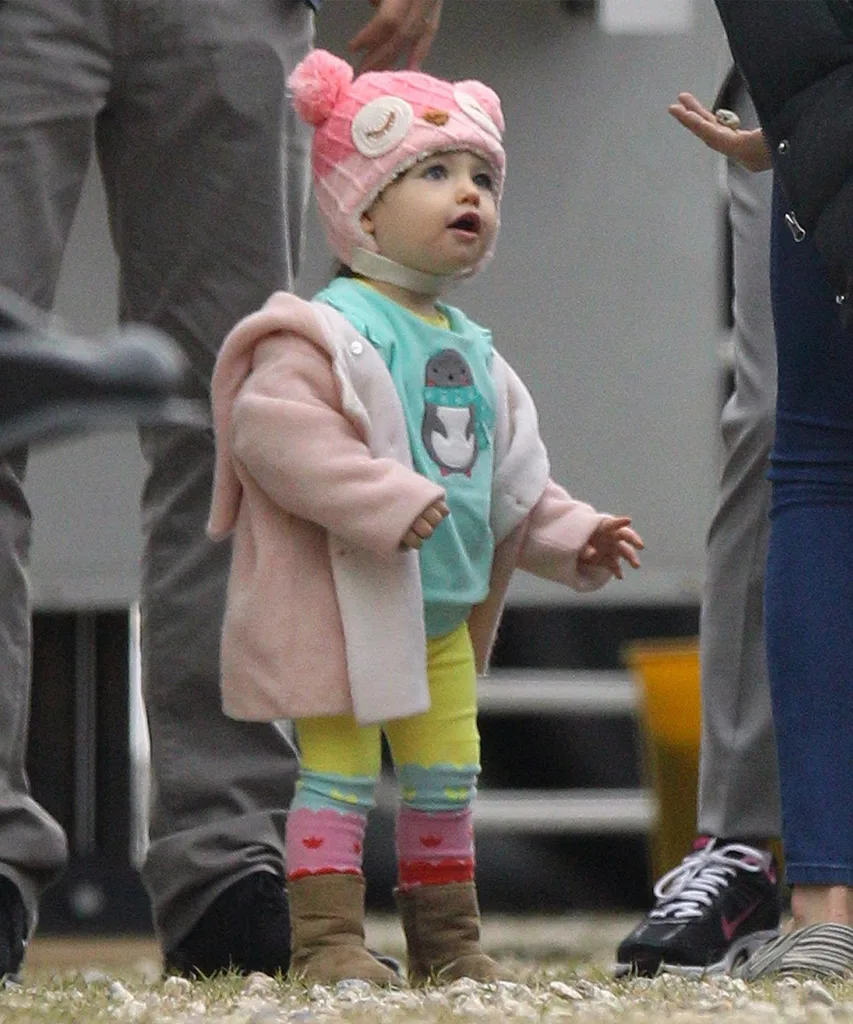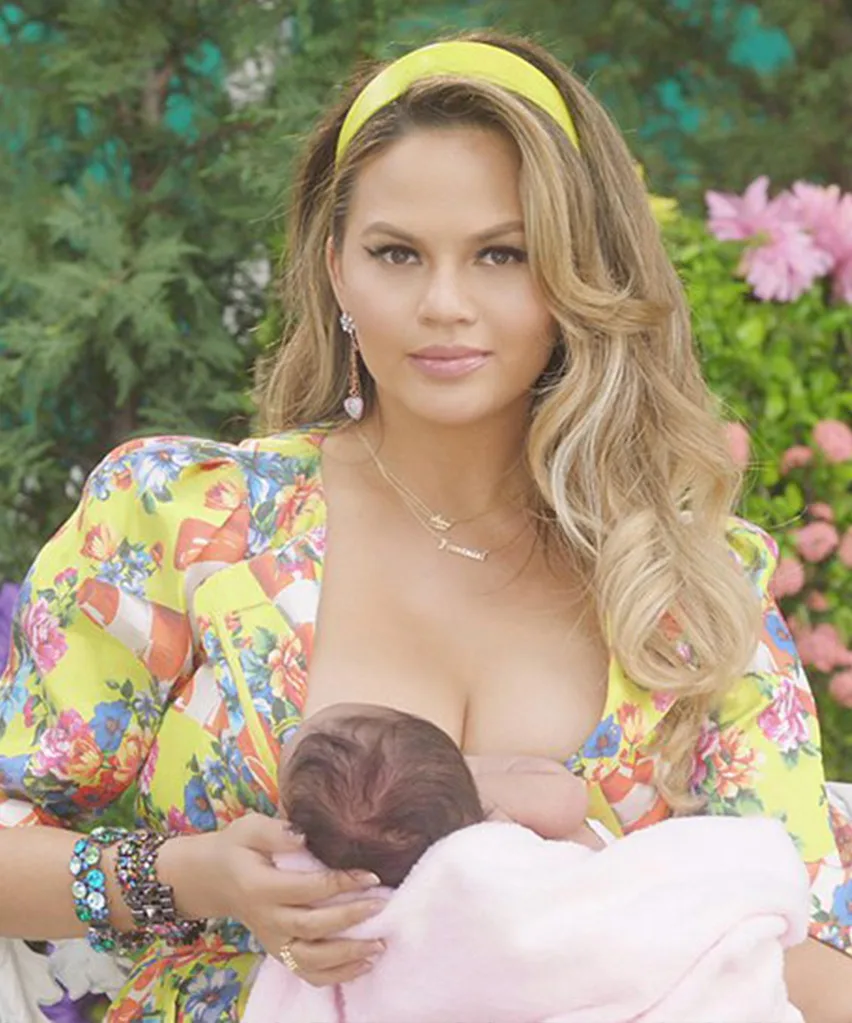Debbie Hoad, a federal government worker who lives in Canberra, was a member of the Church of Jesus Christ of Latter-day Saints for 30 years.
Her parents joined when she was six, she was baptised at the age of eight, and she remained a member until 2008.
After speaking to The Weekly on the phone about her decision to leave the church, as well as the role of women in the church, she sent a long follow-up email with more of her thoughts.
We reprint parts of it here, for readers seeking more information on the thoughts and feelings of an ex Mormon.
Good things about life in the Mormon Church
There is a strong sense of community, and generally, if you are active in the Church you do feel needed. That lifestyle is quite structured and you always feel like you know what you’re doing next, whether this week or next in life. You work together with people in various roles and that tends to build strong friendships over time.
I was lucky enough to have strong, caring youth leaders and mostly good bishops. I enjoyed my teaching roles in the Church and still have a deep affection for the various students I taught over the years. There’s also no denying that I have benefited health-wise from the clean-living no alcohol/tobacco/drugs lifestyle.
Bad things
If you are comfortable with the expected life goals of Mormon life — mission (for the guys mostly), marriage, kids — then that’s fine. If you’re not, then your ability to achieve happiness in life is limited. More than one Mormon has expressed to me that they believe (or believed) that obedience to God is the goal of life, not personal happiness. It creates a very skewed perspective on what life is about.
Unless you are a youth or an investigator (a person checking out the Church to consider joining), there is little tolerance for open doubt or dissent. In that atmosphere it’s really easy to assume that everyone else belief is strong and that you are the only one with concerns.
After I left the Church and I started to tell friends about it, I was completely floored by how many of them revealed to me their own doubts and concerns and in some cases the fact that they were also considering leaving — things they had NEVER expressed to me when they thought I was an active, believing member. I still wonder what the real number is of active members of the Mormon church who are hiding their disbelief from those around them.
One last thing I’ll mention though is how difficult it is to be a single woman in the Church. Teenage girls and young adults are constantly encouraged to think of temple marriage as their goal, and culturally it is expected that people will marry young and wait very little time after marriage to have children. Once you are a single women over about 25, it’s very easy to feel less than other women at church and to worry too much about your single status.
The official word is that you are a valued daughter of God and that your life is still important, but surrounded by constant messages about the importance of marriage and motherhood, that soothing rhetoric wears a little thin (would it even be necessary to reassure single women about their value if the priorities set for women in the Church did not constantly indicate their lack of value?) None of this contributed to the reasons I left, but at times it made life in the Church harder.
Gender Roles in the LDS Church
Gender roles are very clearly defined and rigid in the Mormon church. The very traditional husband as provider, wife as homemaker and primary child carer, is still the prevalent model and considered an eternal model, in the sense that gender and gender roles are eternal and relevant to the Mormon concept of eternal life (heaven).
Increasingly over the last decade you will hear talks from church leaders that acknowledge the necessity for some mothers to have jobs outside the home, but to my knowledge there has never been one talking instead about the importance of a stay-at-home PARENT in the life of a child. The mother is still assigned the role of primary caregiver and that is considered a God-given role.
This take on gender is supported and reinforced in the temple endowment ceremony (a rite of passage in the life of adult Mormons which purports to explain the meaning of our mortal lives and involves making a lifelong commitment to God and the Church, and which members enact repeatedly as they visit the temple across their lifetime).
This ordinance, in part, tells the story of Adam and Eve in the Garden of Eden and uses that origin story as a model for the mortal life of all humans. It includes the concept that because Eve partook of the fruit first, she must ‘look to her husband, as her husband looks to God’. This is something that always bothered me, because it seems to distance women from God, establishes a woman’s husband as an authority in her life and as a kind of go-between between her and God.
I asked about this in the temple and received no sound answer, but was simply told not to worry about it and that of course I can have a direct relationship with God. Bear in mind that I was also hearing this as a single woman who would not necessarily ever have a husband to play this role and I was never really certain exactly where that left me eternally. In the highest level of the Celestial Kingdom (Mormon heaven) everyone is married.
Doctrinally, you cannot achieve that level unless you are married. (Mormon doctrine includes the concept of a Heavenly Mother (God’s wife and supposedly his equal), but previous Prophet Gordon B Hinckley told the membership that it was ‘inappropriate’ to pray to her.
Newsletter conversion description. Get the latest in your inbox.










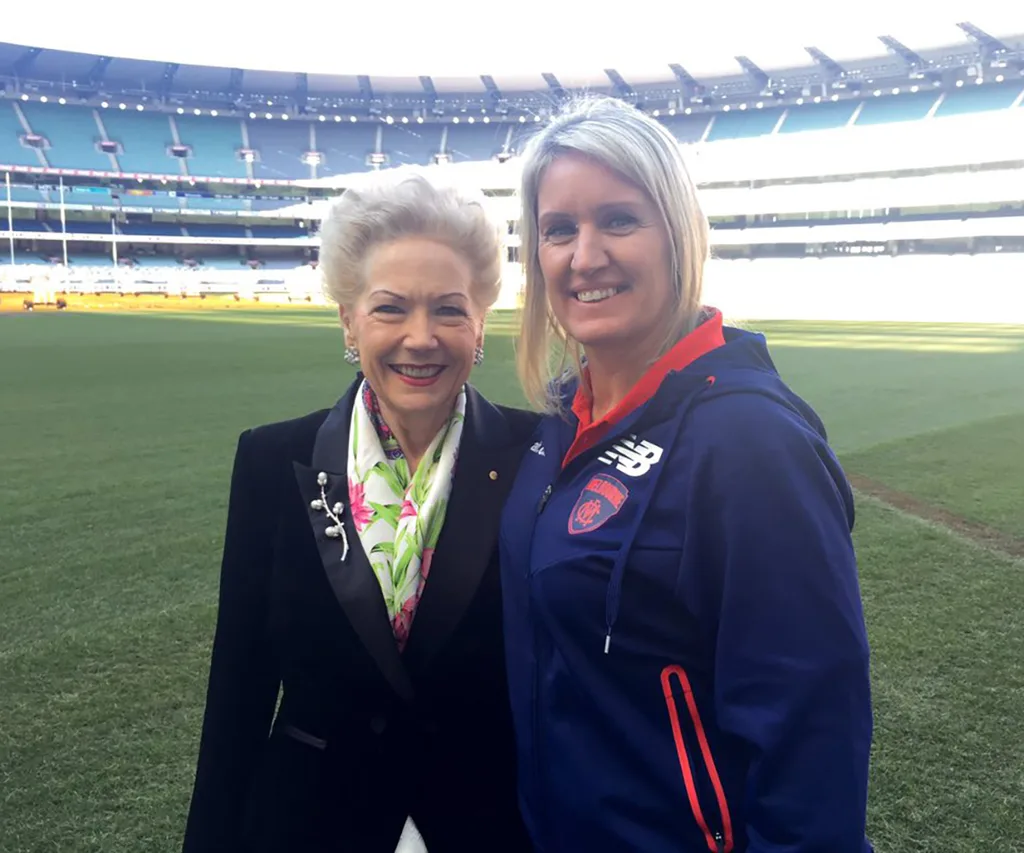








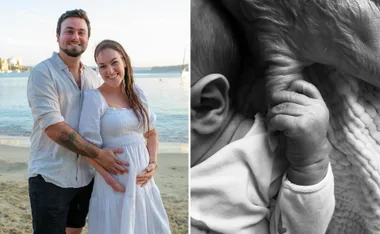

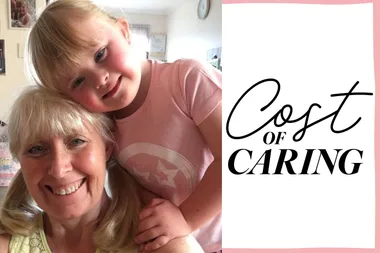




















.png?resize=380%2C285)
.jpg?resize=380%2C285)




.png?resize=380%2C285)


